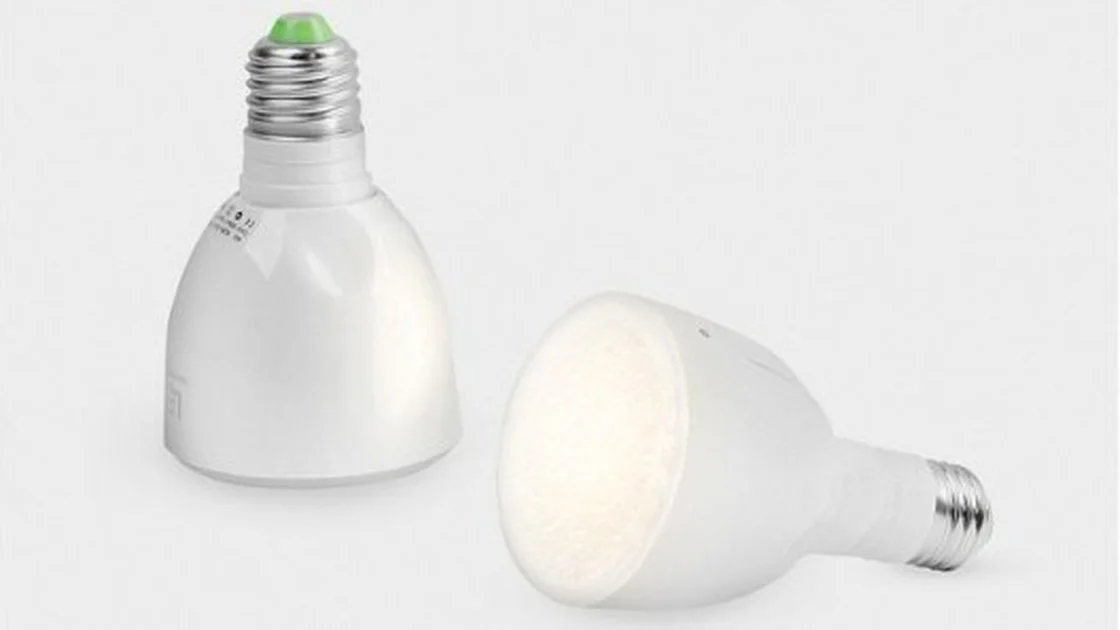>Plane, train or automobile: Which has the biggest footprint? This isn't a new question, but do you actually know whether taking the train is greener than driving? And just how bad is flying, anyway? According to the National Geographic Green Guide, you roughly double your emissions if you cancel your plane reservations and drive across the country instead. If you take the train, then you’ll cut carbon dioxide (CO2) by half compared to the plane. A key reason is that the train (or the diesel bus) may be a big carbon emitter, but it’s designed to carry a lot of passengers, so the per capita emissions are a lot lower. Read more.
>Warming World App. The heat is on for the planet as a whole, but what has been happening where you live? Click on the map to find out, or enter a location in the search box at top right. The initial map shows average temperatures over the past 20 years; use the drop-down menu to see maps for earlier periods.
>California leads the way in solar jobs, but 18 other states more than doubled their solar jobs in 2013, according to a new map. The map, published by the Solar Foundation as part of their National Solar Jobs Census, found that Southern states were some of the most active in creating solar jobs in 2012 — new solar jobs in North Carolina, Georgia, Texas and Louisiana accounted for nearly a quarter of the total new solar jobs added last year. In Georgia and North Carolina, solar installation jobs doubled, bringing their respective totals to 2,600 and 3,100.
Last year was the driest in California’s history, and as the state’s drought worsens, farmers are looking at new ways to grow food, including aquaponics. Aquaponics, which combines gardening with fish farming, is a method of food production that uses 90 percent less water than regular farming.
>Los Angeles is launching the city’s first Bicycle Friendly Business District (BFBD) in Northeast L.A. that will serve as a pilot program for a larger citywide initiative in 2015-16. The public-private partnership aimed at bringing more cyclists to commercial corridors will install bike infrastructure including parking (racks and corrals), repair stations, bikeways, signage and maps of the bikeway network.
>For eons in New England, a First Sign of Spring has been sap oozing from a maple tree. In northwestern Montana, officials at Glacier National Park report that a long understood First Sign of Spring is the appearance of a bear — emerging from hibernation. In other parts of the country, the telltale signs have long been natural recurrences, such as the appearance of crocuses,sandhill cranes, great blue herons and stinging nettles.
But the world is changing and maybe it's time to reconsider and draw up a new list. Where do we look in 2014 for that initial hint of spring – the season's on-button?









